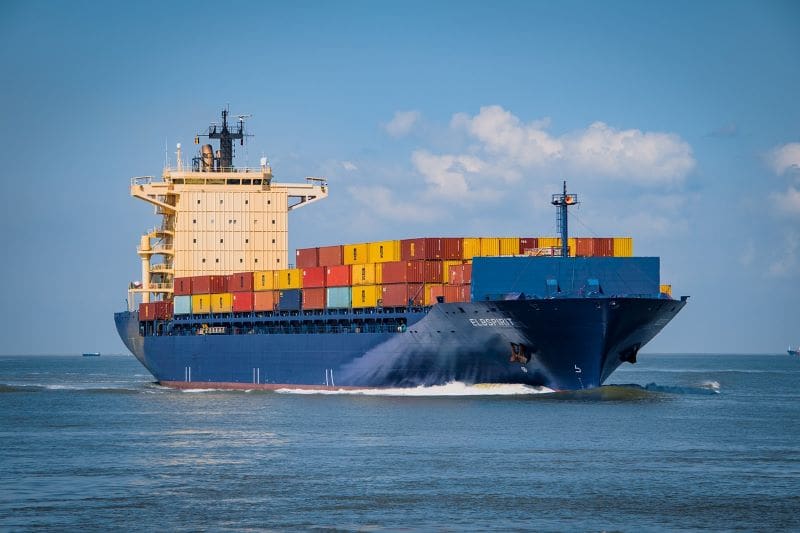After surviving the pandemic’s negative impact on the global supply chain, a new version of disruption threatens the progress made in improvements. The commercial shipping industry has succumbed to increased attacks by Yemen’s Houthi militants. As a result, BP and four of the major shipping companies indirectly decided to halt passage through the Red Sea and the Suez Canal.
While the Suez Canal connects the Red and Mediterranean Seas, it is a critical shipping channel that sees approximately 15 percent of global trade and 30 percent of container trade. Companies choosing to avoid it will set a new course around the southern tip of Africa, resulting in elevated freight costs and delayed delivery times.
“The Red Sea, especially with the Suez Canal, is like a superhighway for shipping containers, connecting different parts of the world, particularly Europe, Asia, and Africa,” said Christian Roeloffs, CEO of Container xChange, a container leasing firm. “A huge amount of Europe’s energy supply, palm oil and grain come through the Suez Canal Waterway.”
As a major trade artery, many see the urgency of protecting the Red Sea and the surrounding area. The United States and nine additional countries collaborated to launch a naval mission to protect commercial shipping in the area.
“The Red Sea is a critical waterway that has been essential to freedom of navigation and a major commercial corridor that facilitates international trade,” said Lloyd Austin, US Secretary of Defense. “As a result of these attacks, freight and insurance rates have already increased, and oil prices are going up.”
With the increases come additional forces that threaten the supply chain. Re-touting shipping on a large scale could stifle supply chains and produce elevated shipping costs. Both could be passed to the consumer by raising end-user prices, which many deem unaffordable. The re-routing of freighters and other ships to alternate routes like the Panama Canal will only further impact a waterway suffering from restricted use to lower water levels brought on by severe drought.
“This situation in the Red Sea comes amid reduced transits at the Panama Canal, bringing two chokepoints to the fore at the same time,” said Wright of Kpler.
Considering the global layout of shipping lanes and ports of call, there are only many ideal solutions. The Cape of Good Hope has already been selected by some companies like MSC, Maersk, Hapag-Lloyd, and CMA CGM as an alternate route, but costs will still increase along with additional transit times. These additional charges will find their way to the final import cost tally, which, like in all industries, will be passed down to the consumer level, driving up final prices.
As history has revealed, shipping channel upset proves costly. In 2021, the Ever Given container vessel ran aground, causing a blockage in the Suez Canal that delayed shipments between Asia to Europe and North America. The global supply chain felt a crucial blow with shortages and elevated pricing that only aggravated ports experiencing elevated freight rates and congestion due to a historically high demand from domestic consumers quarantined during the pandemic.
“This time, there is a record level of excess (shipping) capacity,” said Judah Levine, head of research at Freightos, a logistics company. “So, while longer voyages will likely push up freight rates due to carriers looking for ways to utilize excess capacity, it is unlikely that rates will spike to levels experienced during the pandemic.”
Although the effects may not mirror those of the pandemic, a rippling effect could still cause enough upset for consumers to feel the crunch. American consumers have been paying higher costs for food and other products, and some have nearly grown immune to the phenomenon. The outcome and long-term effects on the supply chain from unrest in the Red Sea will largely depend on how long the disruption lasts.
Nick Vaccaro is a freelance writer and photographer. In addition to providing technical writing services, he is an HSE consultant in the oil and gas industry with twelve years of experience. Vaccaro also contributes to SHALE Oil and Gas Business Magazine, American Oil and Gas Investor, Oil and Gas Investor, Energies Magazine and Louisiana Sportsman Magazine. He has a BA in photojournalism from Loyola University and resides in the New Orleans area. Vaccaro can be reached at 985-966-0957 or nav@vaccarogroupllc.com.







